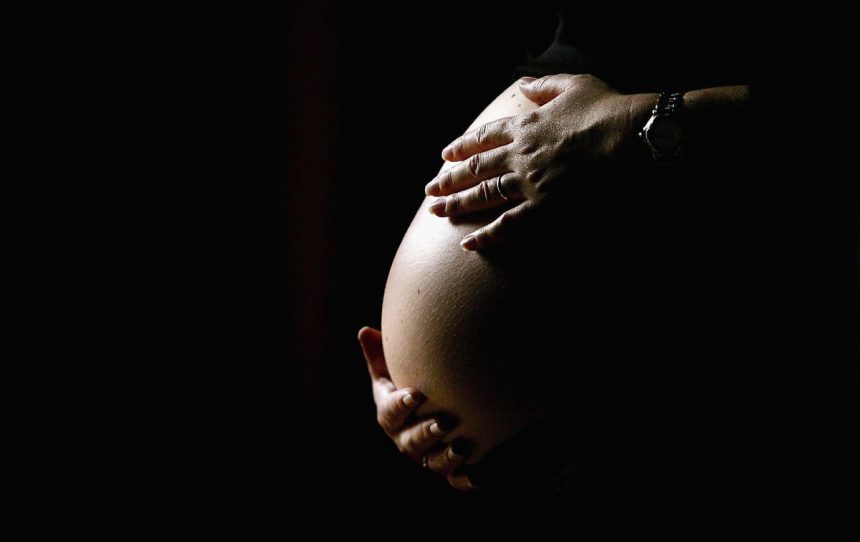The Food and Drug Administration (FDA) recently approved a new blood test, developed by the company Thermo Fisher, to identify pregnant women at high risk of developing preeclampsia. Preeclampsia is a dangerous pregnancy complication that includes high blood pressure, signs of kidney damage and other indications of organ damage that can be fatal for both the mother and baby if not treated.
To better understand how the newly approved blood test can benefit the outcome for pregnant women, I spoke to Dr. Matthias Wipf, CEO and co-founder of MOMM Diagnostics, a company that is developing a blood test based on the same biomarkers as used by Thermo Fisher. Dr. Wipf explained that by using these biomarkers, the ratio between two proteins, you can determine the timing of the onset of the disease with a much higher precision than any of the current methods. These are based on symptoms such as high blood pressure, swelling, blurry vision and protein in the urine. Together, the symptoms are strong indicators of preeclampsia but can also be due to other conditions. Preeclampsia can lead to serious health problems not only for the mother but also for the baby such as complications due to slowed fetal growth. Furthermore, the placenta may separate from the uterus too early, and the mother might get organ damage, seizures, and fall into a coma. Today there is no other treatment than to deliver the baby which can be problematic if the baby is premature. It is very difficult to find the optimal moment of delivery since it is a delicate balance between the need for the baby to stay as long as possible in the womb for its development, and the increased risk for the mother´s life when waiting. The new diagnostic blood test may be a valuable help to identify the optimum time point for deliverance.
Today, when a pregnant woman develops preeclampsia, she is immediately hospitalized for close monitoring. This is both hard for the woman and costly for the healthcare system. By obtaining a more precise timing of the onset, it will be possible to delay the hospitalization.
Since 2019, Thermo Fisher’s test is recommended and the costs associated with its use are reimbursed by the insurance companies in many countries in Europe, whenever preeclampsia is suspected. The technology developed by MOMM Diagnostics uses the same biomarkers as Thermo Fisher but MOMM Diagnostics has applied a small so-called lateral flow assay (LFA), meaning that in contrast to the Thermo Fisher Test there is no need for a large laboratory equipment. Most of us are familiar with LFAs through the Covid home testing kit. The main difference between the Covid test and the preeclampsia test, apart from measuring different biomarkers, is that in the case of preeclampsia, the concentrations of the biomarkers are extremely low. Wipf and his team have therefore developed an electrochemical read-out system with the size of a smartphone to make the reading of the biomarker concentration possible. This system will be smaller and cheaper than the laboratory equipment offered by other companies, and the result can be delivered within 20 minutes. This will allow women to immediately get the results when seeing their doctor.
Another possible application of these new blood tests is to be used for screening towards the end of the first trimester of the pregnancy. If an increased risk for preeclampsia is detected early, it is possible that taking aspirin can prevent the disease. Taking aspirin is not normally recommended for pregnant women, but the potential negative effects should be balanced against the serious consequences of preeclampsia.
The system of MOMM Diagnostics is still not fully developed and will need clinical validation before it can enter the market. The approval from the FDA will now be easier due to the recent approval of Thermo Fisher and is planned for 2025, and the current plan for MOMM Diagnostics is to enter the U.S. market in 2026. Due to the lower cost, Dr. Wipf and his team are hoping to primarily serve communities with higher needs of affordable health care.
Read the full article here





